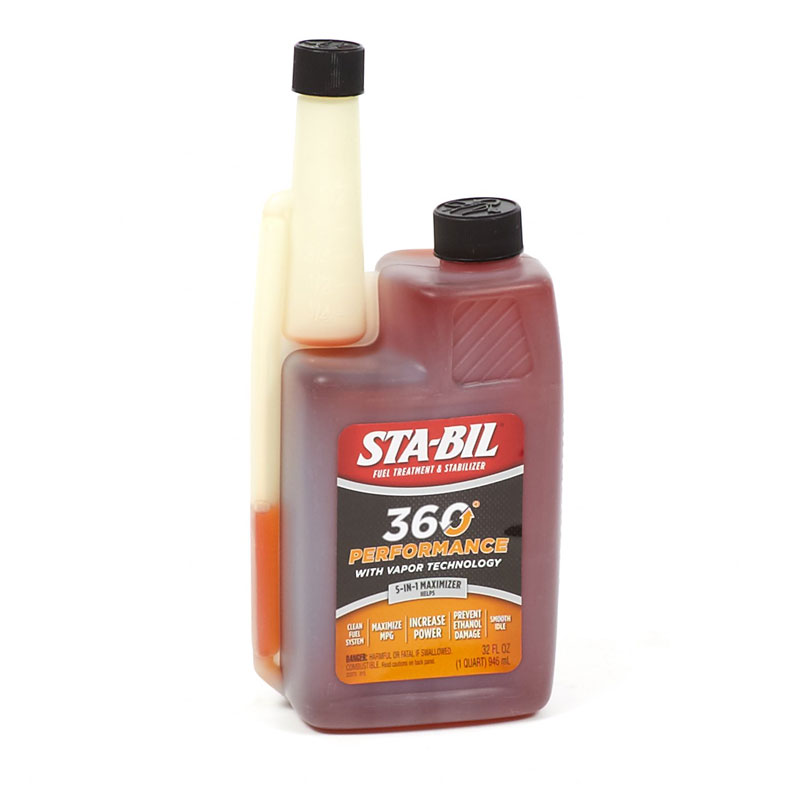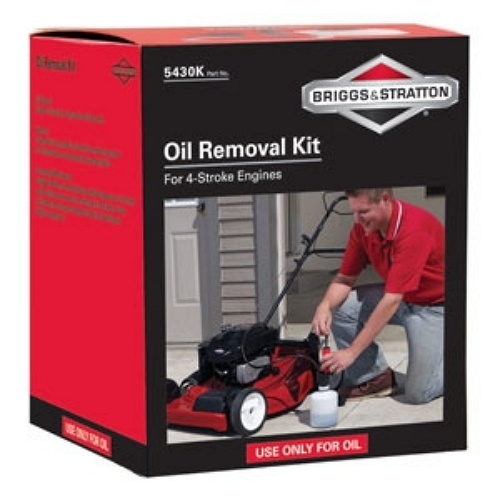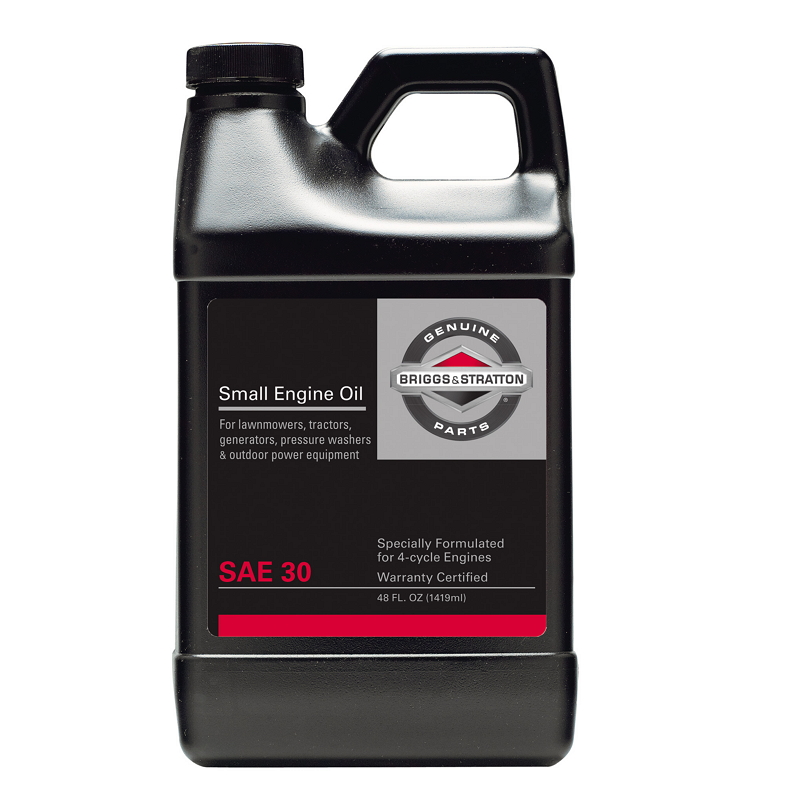How to Inspect Your Small Engine for Brake Replacement
Quick Links:
In most walk mowers, a well-maintained brake system should stop the engine and any attached cutting equipment within three seconds whenever you step away from the equipment or release the brake bail. If the engine operates for more than three seconds after braking, then the stop switch or brake pad/band may be in need of replacement or adjustment unless the engine has a blade clutch function.
Follow our step-by-step engine brake inspection and replacement guide for both pad and band style brakes.
The brake band contains loops at either end, mounted on a stationary and a movable post.
Step 1: Use a tang bending tool (service part number 19480) to bend the control lever tang outward so it clears the band brake loop.
Step 2: Release the brake spring using pliers.
Step 3: Lift the brake band off the stationary and movable posts.
Step 4: Inspect and replace the band if you find nicks or cuts.
Step 5: Check for wear by measuring the band’s thickness with a ruler or caliper. NOTE: Measure the brake pad only, not the metal band. Replace the brake band if the pad's thickness is less than .030".
Test the band brake's stopping power with the spark plug lead secured away from the spark plug. On electric start engines, disconnect and remove the battery.
Step 1: With the brake engaged, turn the starter clutch, using a starter clutch adapter and torque wrench. If the torque reading is lower than 45 inch-pounds while turning the flywheel clockwise at a steady rate, the engine components may be worn, damaged or in need of adjustment.
Step 2: Test the stop switch with a multi-tester or ohmmeter to determine whether the ignition circuit is grounded when the stop switch is activated. The stop switch should show continuity (0 ohms) to engine ground when the switch is set to STOP, and no continuity (∞) when the switch is set to RUN. If you discover a problem, check for loose or faulty connections.
Contact a Briggs & Stratton Dealer for further support regarding brake issues.
Step 1: Reinstall the stop switch wire on the control bracket. On older systems, reinstall the stop switch wire on the control bracket stop switch terminal.
Step 2: Place the band brake on the stationary post and hook it over the end of the movable post until the band bottoms out. NOTE: The brake material on a steel band must be on the flywheel side after assembly. On older systems, install the band brake on the stationary and movable posts.
Step 3: Bend the retainer tang until it is positioned over the band brake loop so that the loop cannot be accidentally dislodged. After assembly, check that the braking material on the metal band faces the flywheel.
WARNING: Always read the engine and equipment manual(s) before starting, operating, or servicing your engine or equipment to avoid personal injury or property damage. See an authorized dealer if you are unsure of any procedure or have additional questions. Find all Engine Safety Warnings
Shop Related Maintenance Parts
HOW-TO ARTICLES
Learn how to properly and safely use, troubleshoot and maintain your Briggs & Stratton equipment.
VIDEOS
Learn about the latest products, step-by-step instructions on how to locate your engine model number and more.





